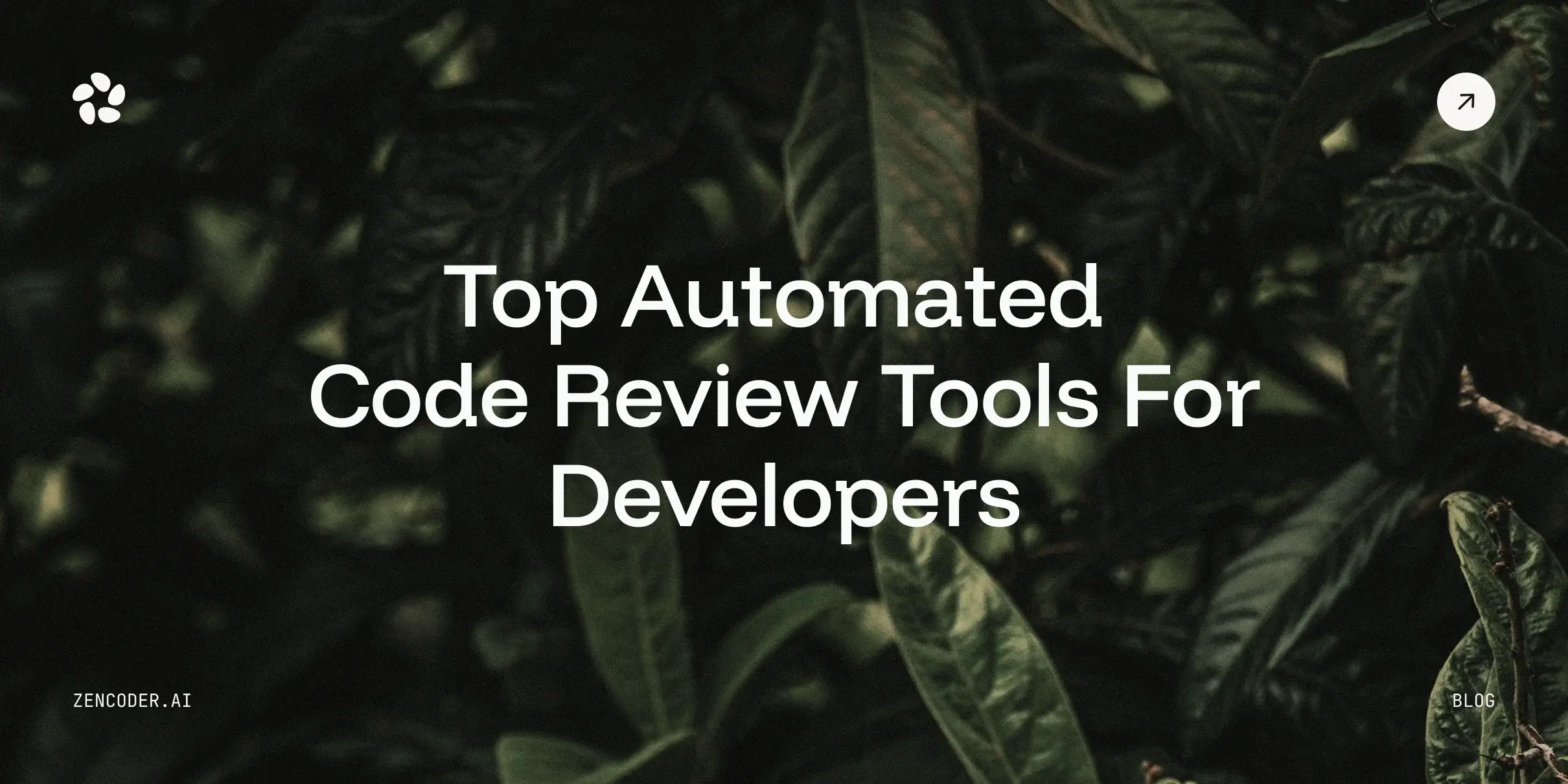The Challenge of Evolving Codebases
Evolving codebases present unique challenges that demand constant vigilance. These challenges, if not addressed, can undermine the integrity of your unit tests.
For example, seemingly minor changes can wreak havoc on existing tests, necessitating frequent updates.
The pace of code evolution means that automated test adaptation becomes indispensable for staying ahead.
Therefore, embracing advanced techniques such as mutation testing and machine learning for test case selection can offer considerable advantages.
Although evolving codebases pose significant hurdles, a rigorous and proactive approach ensures that you maintain robust and reliable unit tests.
Understanding Stale Unit Tests
Stale unit tests are outdated tests that no longer reflect the current state of the evolving codebase.
Outdated tests can result in developers being misled into believing their changes haven't introduced any new issues. This false assurance can delay the detection of bugs and complicate integration efforts.
To truly grasp the extent of the problem, consider how these obsolete tests perpetuate technical debt. It's vital to treat them as a priority; refactoring test suites and ensuring high accuracy with mutation testing can significantly mitigate associated risks.
Continuously updating your test cases allows you to adapt to the dynamic landscape of modern software development.
Strategies for Maintaining Unit Tests
Embracing a proactive approach is of the utmost importance, as consistently ensuring the accuracy and relevancy of unit tests demands thorough periodic reviews. By incorporating systematic test suite refactoring, you can identify and eliminate obsolete tests, thereby preserving their effectiveness.
You should not shy away from leveraging techniques such as mutation testing and machine learning for test case selection. These techniques can vastly enhance your ability to detect fragile or redundant tests. Integrating such methods within your continuous integration (CI) pipelines ensures that the automated tests evolve alongside the codebase, fortifying its robustness.
Proactive Test Refactoring
Proactive test refactoring is instrumental in maintaining the quality of a dynamically evolving codebase. Regularly revisiting and revising tests helps ensure they remain relevant and effective.
As the codebase grows and changes, some tests may become redundant or lose their purpose, also known as "test decay". To combat this, you should consider ongoing refactoring efforts as an integral part of your development routine.
Regular refactoring reduces test maintenance efforts and helps catch issues early in the development cycle.
Another key strategy involves integrating mutation testing into these refactor efforts. This enables you to identify weak points and areas within your test suite that may require attention. Incorporating mutation testing along with machine learning for test case selection can substantially enhance your overall test strategy. By embedding these processes into your continuous integration (CI) pipelines, you can ensure that your tests evolve as your code does, constantly bolstering the integrity of the software.
Embracing Automated Test Adaptation
Automated test adaptation is crucial for sustaining a resilient test suite in an evolving codebase.
- Mutation Testing: Introduce mutations to code to check if tests accurately detect them.
- Machine Learning for Test Case Selection: Utilize algorithms to prioritize and select the most relevant tests for new code changes.
- Continuous Integration (CI) Pipelines: Automate the integration and testing processes to ensure continuous feedback and rapid detection of issues.
- Dynamic Test Suites: Allow the test suite to adapt dynamically to code changes, reducing manual intervention.
These strategies not only improve test robustness but also significantly streamline the development process.
By leveraging automated tools, you can ensure your tests are always up-to-date.
Ultimately, this approach minimizes test maintenance overhead and enhances overall software quality.
Introduction to Mutation Testing
Mutation testing, a software testing paradigm, pushes the boundaries of traditional validation. It involves deliberate modification of code to create mutants, assessing whether existing unit tests can detect these anomalies, thereby revealing potential weaknesses.
By examining the effectiveness of your test suite, mutation testing proves invaluable. This method acts as a strenuous workout for your tests, bolstering their robustness. Integrating mutation testing ensures that your safety nets are not only intact but also consistently prepared to withstand unforeseen alterations.
How Mutation Testing Works
Mutation testing fundamentally involves making small, deliberate changes to the source code.
- Creating Mutants: Modify the code to introduce intentional faults called "mutants".
- Running Tests: Execute existing unit tests on these mutants.
- Analysis: Check how many mutants are detected and "killed" by the test suite.
- Refactoring: Identify weak tests that fail to catch mutants and improve them.
By introducing these controlled errors, you can evaluate the efficacy of your current test suite.
This method ensures that your tests are not just present but are actively safeguarding against errors.
Mutation testing strengthens your confidence in the quality and resilience of your software.
Benefits and Limitations
The practice of evolving codebases inherently offers several benefits and limitations.
- Adaptability: Allows for continuous improvement and new feature integration.
- Innovation: Encourages ongoing exploration and application of novel methodologies and technologies.
- Test Efficacy: Maintains high standards of software reliability through regular test updates.
However, altering an evolving codebase can introduce complexities.
It may require substantial resources to maintain the consistency and relevance of unit tests.
Nevertheless, the enduring commitment to an evolving codebase ensures long-term stability and adaptability.
Leveraging Machine Learning
In the realm of evolving codebases, machine learning provides a cutting-edge toolset for maintaining unit tests.
You can harness machine learning algorithms to prioritize and adapt your test cases, ultimately ensuring your test suite evolves serenely alongside your codebase. This synergy propels you towards achieving robust, future-proof software.
The terms “automated” and “intelligent” now seamlessly intertwine in the 'evolving codebases' discussion.
Recommending Impacted Tests
Recommending impacted tests effectively is crucial for maintaining robust unit tests in evolving codebases.
The advent of machine learning has provided algorithms that can predict which tests are most likely to be affected by a change, leveraging historical data and test outcomes to improve accuracy.
By implementing these modern strategies, you can reduce redundancy and optimize your test suite, keeping it agile and relevant.
Prioritizing Test Adaptation Efforts
Efficiently prioritizing test adaptation is pivotal for maintaining unit tests in evolving codebases.
- Identify Critical Paths: Focus on code areas with high usage or critical functionality.
- Leverage Mutation Testing: Use mutation testing to find weaknesses and improve test effectiveness.
- Utilize Machine Learning: Apply machine learning models to predict and prioritize necessary test modifications.
- Integrate with CI Pipelines: Ensure continuous integration pipelines are configured to adapt tests dynamically.
By identifying critical code paths, you can direct your efforts where they are most needed.
Leveraging machine learning for test case selection enhances accuracy and efficiency in maintaining tests.
Integrating these tactics into CI pipelines automates and streamlines the test adaptation process.
Integrating Test Tools into CI Pipelines
Incorporating advanced test tools into CI pipelines is essential for maintaining robust unit tests as your codebases evolve. These tools allow you to automatically detect and adapt to changes, ensuring your system remains reliable.
Adopting state-of-the-art test tools, such as mutation testing frameworks and machine learning algorithms, empowers you to pinpoint test inaccuracies promptly. Through this integration, your CI pipelines can dynamically respond to new code commits, continuously validating and improving your test suite. This approach not only preserves the integrity of the unit tests but also aligns your testing efforts with the fast-paced nature of evolving codebases.
Automating Test Adaptation Triggers
Effectively automating test adaptation triggers in evolving codebases ensures sustained accuracy and efficiency in your CI pipelines.
- Code Change Detection: Automatically trigger adaptations when code modifications are detected.
- Dependency Analysis: Monitor and adapt based on changes in associated libraries or external dependencies.
- Performance Metrics: Initiate test adaptations when performance thresholds are breached.
- Error Logging: Use error frequency and patterns to determine necessary test adjustments.
These triggers allow you to respond promptly to alterations, reducing manual oversight.
Implementing these strategies ensures your testing processes remain relevant and effective.
Integration with CI pipelines enhances their dynamic responsiveness.
Ensuring CI Coverage of Critical Tests
Your continuous integration (CI) pipelines must consistently incorporate critical tests to guarantee code reliability.
Industry advancements in CI technologies, including more sophisticated automated processes, have drastically improved how you maintain unit test coverage within evolving codebases.
Yet, it's not just about adding tests; it's paramount to ensure that the CI pipelines prioritize and consistently execute tests that cover critical functionality and integrations.
Planning for CI coverage of essential tests requires meticulous analysis of the code, focusing on key areas to target, updating risk assessment regularly, and implementing mechanisms to validate test effectiveness.
By maintaining this vigilant approach, you can sidestep potential system failures and uphold high-quality standards.
Benefits of Automated Test Adaptation
Automated test adaptation offers unparalleled flexibility and responsiveness to evolving codebases. By leveraging advanced automation, you can align your test suites dynamically.
This ensures that tests remain accurate and relevant. Your test coverage remains robust as the codebase grows.
The utilization of automated adaptation tools minimizes the margin of error and streamlines the maintenance process. This adaptive methodology allows you to focus on innovative development rather than being bogged down by manual test updates.
Automated test adaptation integrates seamlessly with continuous integration (CI) pipelines, ensuring rapid feedback on code changes. New test cases are automatically generated and optimized using machine learning algorithms, reducing the workload on developers. This not only enhances productivity but also substantially improves the overall software quality, consistent with your long-term project goals.
Overcoming Challenges
Maintaining unit tests in evolving codebases, especially in the context of continuous development, poses significant challenges. Frequent changes and feature additions necessitate ensuring that existing tests do not become obsolete, requiring a proactive yet systematic approach to test suite refactoring and maintenance.
To effectively address these challenges, you must invest in "automated test adaptation" techniques. This involves utilizing machine learning for test case selection and mutation testing to anticipate potential code disruptions. By integrating these strategies into your CI pipelines, you can maintain high test reliability, minimizing the risk of test failures and software defects.
Accuracy and Human Review
Accuracy in automated testing can never entirely replace the nuanced oversight provided by human expertise. Even the most advanced algorithms may overlook context-sensitive bugs or requirements.
It’s not just about catching errors; human intervention also helps in evaluating the effectiveness of the automated tests. This collaboration between machine efficiency and human judgment ensures a robust and resilient testing framework.
In practice, you can incorporate human reviews at the end of the automated testing cycle. This approach allows you to catch any missed issues, refine test cases for future cycles, and continually improve your automated test adaptation processes.
Together, accuracy and human review form the backbone of a reliable test suite.
Manual Effort for Complex Changes
It's not enough to understand that algorithms lack human intuition; one must appreciate the intricacies of the codebase to amend it effectively. Every new software iteration brings unique challenges that automated systems may not fully grasp.
Refining the intricacies of the code and ensuring it behaves as intended can't rely solely on AI’s 0s and 1s. Human input is imperative to bridge gaps, strategize fine-tuned adjustments, and monitor the exact impacts of complex changes.
An evolving codebase requires your proactive involvement, even as automation advances.
The Future of Test Adaptation
Looking toward the future, the landscape of test adaptation will witness significant advancements driven by emerging technologies. Tools leveraging artificial intelligence, machine learning, and deep learning will increasingly automate the identification, creation, and optimization of test cases, enhancing robustness and efficiency.
These innovations will minimize the time and effort required for human intervention, allowing software engineers to focus on more complex tasks.
AI-Driven Test Case Generation
Leveraging AI for test case generation offers numerous benefits, including efficiency, accuracy, and reduced human error. Essentially, AI harnesses historical data to predict potential bugs, automatically generating test cases that ensure comprehensive software coverage.
This technology not only saves time but also enhances test reliability.
Advancements in AI allow us to utilize machine learning algorithms for identifying edge cases. These algorithms can analyze patterns from previous iterations, ensuring that future tests address rarely occurring issues.
Moreover, AI-driven systems continuously learn and improve, adapting to shifts in the codebase dynamically.
Another exciting development is the use of natural language processing (NLP) to understand and translate requirements into test cases, reducing the gap between requirements and implementation.
Integrating AI into continuous integration (CI) pipelines augments your testing toolkit, making maintaining unit tests much more manageable. By employing AI, you can ensure your test suites remain relevant and effective even as codebases evolve.
Conclusion
In conclusion, evolving codebases require vigilant strategies for maintaining robust unit tests.
By employing test suite refactoring and automated test adaptation, you can ensure the integrity of your software throughout development cycles. Mutation testing, when utilized effectively, enhances your test suite by identifying weaknesses, thus fortifying your codebase against unforeseen errors.
Moreover, machine learning for test case selection stands as an invaluable tool in addressing edge cases and optimizing test coverage. Integrating these advancements into continuous integration (CI) pipelines ensures a seamless and efficient testing process.
Ultimately, adopting comprehensive strategies like those mentioned not only fosters resilience in your code but also fuels continuous innovation. Staying ahead in the rapidly changing landscape of software development necessitates embracing these advanced testing methodologies for sustainable success.

![9 Stackblitz Alternatives to Consider [2026 Comparison List]](https://zencoder.ai/hubfs/Cover-Dec-16-2025-01-04-58-6323-PM.webp)

